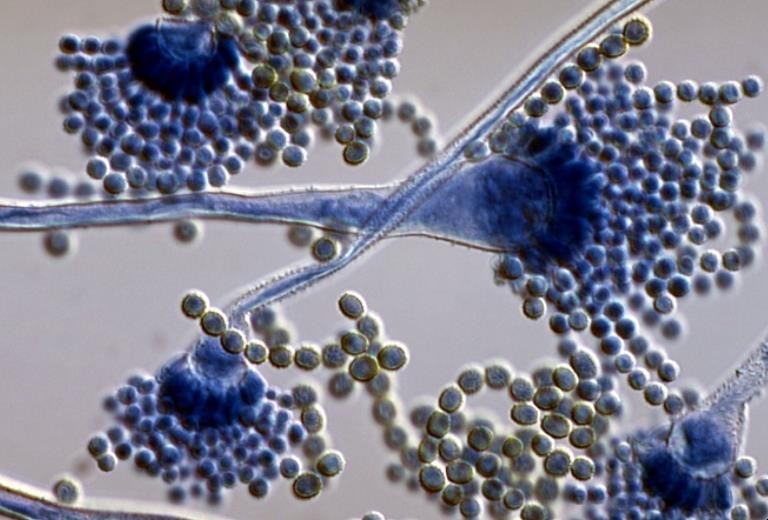
 CONTACT
CONTACT
- Linkman:Linda Yao
- Tel: +8618231198596
- Email:linda.yao@dcpharma.cn
- Linkman:CHARLES.WANG
- Department:Overseas
- Tel: 0086 0311-85537378 0086 0311-85539701
Nisin resistance in bacteria
TIME:2024-01-11
While nisin is an effective antimicrobial agent, bacteria can develop resistance mechanisms over time in response to selective pressures.Nisin resistance in bacteria is a concern, especially considering its widespread use in the food industry.
Bacteria can acquire resistance to nisin through genetic changes.Mutations in the bacterial genome may lead to alterations in the cell membrane or other cellular components, making the bacterium less susceptible to the antimicrobial effects of nisin.
Nisin primarily acts by disrupting the cell membrane of susceptible bacteria.Bacteria may develop resistance by modifying their cell membrane structure or composition, making it more difficult for nisin to exert its antimicrobial activity.
Some bacteria possess efflux pumps, which are proteins that actively pump out antimicrobial substances from the bacterial cell.If a bacterium develops efflux pumps specific to nisin, it can reduce the concentration of nisin within its cell, thereby reducing its effectiveness.
Bacteria within biofilms (structured communities of microorganisms embedded in a matrix) can be more resistant to antimicrobial agents, including nisin.Biofilm formation provides a protective environment that shields bacteria from external stresses.
Bacteria may adapt to the presence of sublethal concentrations of nisin over time.Exposure to subinhibitory levels of nisin may promote the selection of resistant strains.
Some bacteria may develop cross-resistance to nisin if they have already acquired resistance to other antimicrobial agents with similar modes of action.
Bacterial populations can be heterogeneous, meaning that individual cells within a population may exhibit different levels of susceptibility to nisin.This heterogeneity can contribute to the survival of bacterial populations under nisin exposure.
The development of resistance to nisin is a dynamic and complex process influenced by various factors.To mitigate the risk of resistance, it is common practice in the food industry to use multiple antimicrobial agents or combinations of preservation methods.Additionally, monitoring and surveillance of bacterial populations for resistance are crucial aspects of food safety management.
- Tel:+8618231198596
- Whatsapp:18231198596
- Chat With Skype







